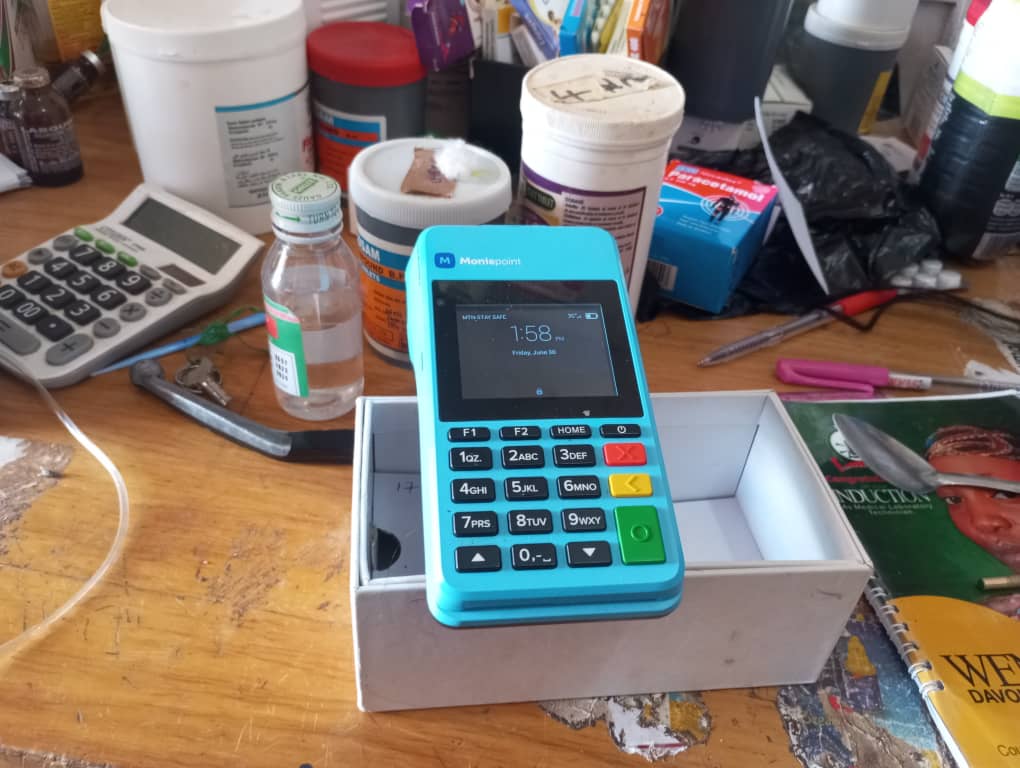
BERLIN (AP) — Nearly 80 years after the Holocaust, about 245,000 Jewish survivors are still living in more than 90 countries, a new report revealed Tuesday.
Almost half of them, or 49%, live in Israel; According to a study by the New York-based Conference on Jewish Material Claims Against Germany, also called the Claims Conference, 18% are in Western Europe, 16% in the United States and 12% in countries of the former Soviet Union.
Before the publication of the Demographic reportUntil now, there have only been vague estimates of how many Holocaust survivors are still alive.
Their number is decreasing rapidly because most of them are very old and often have poor health, and the average age is 86 years. Twenty percent of survivors are older than 90 and more women (61%) than men (39%) are still alive.
The vast majority, 96%, of survivors are “child survivors” born after 1928, according to the Holocaust Survivors Worldwide report. “A demographic overview” based on figures collected through August.
“The numbers in this report are interesting, but it is also important to look beyond the numbers to see the people they represent,” said Greg Schneider, executive vice president of the Claims Conference.
“These are Jews who were born into a world that wanted to see them murdered. They endured the atrocities of the Holocaust in their youth and were forced to build a new life from the ashes of the camps and ghettos that destroyed their families and communities.”
Six million European Jews and people from other minorities were killed by the Nazis and their collaborators during the Holocaust.
It is not clear exactly how many Jews survived the death camps, ghettos, or places hidden somewhere in Nazi-occupied Europe, but their numbers were far from the Jewish population in Europe before the war.
In Poland, of the 3.3 million Jews who lived there in 1939, only about 300,000 survived.
In 1933, the year Adolf Hitler came to power, there were around 560,000 Jews living in Germany. At the end of the Second World War in 1945, their number had fallen to around 15,000 due to emigration and extermination.

The Jewish community in Germany grew again after 1990, when more than 215,000 Jewish migrants and their families arrived from countries of the former Soviet Union, some of them also survivors.
Today only 14,200 survivors still live in Germany, according to the population report.
One of them is Ruth Winkelmann, who survived by hiding with her mother and sister in a garden shed on the northern outskirts of Berlin. Her father was murdered in the Auschwitz extermination camp. Her younger sister Esther died of illness, hunger and exhaustion in March 1945, just weeks before the liberation of Berlin by the Soviet Red Army.
Winkelmann, who is 95 and still lives in Berlin, said there was never a day in her life when she didn’t remember her beloved father.
“It always hurts,” she said. “The pain is there day and night.”
In its new report, the Claims Conference said it defined Holocaust survivors “based on agreements with the German government to assess eligibility for compensation programs.”
For Germany, this definition includes all Jews who lived in the country from January 30, 1933, when Hitler came to power, until May 1945, when Germany surrendered unconditionally in World War II.
The group handles claims on behalf of Jews who suffered under the Nazis and negotiates compensation with the German Finance Ministry each year. In June, the Claims Conference said Germany had agreed to provide a total of an additional $1.4 billion (1.29 billion euros) to Holocaust survivors around the world by 2024.
Since 1952, the federal government has paid more than $90 billion to individuals for suffering and losses caused by Nazi persecution.

The Claims Conference administers several compensation programs that provide direct payments to survivors worldwide, provides grants to more than 300 social service agencies worldwide, and ensures that survivors receive services such as home care, food, medication, transportation and socialization.
In addition, several educational projects have been launched that highlight the importance of passing on the testimonies of Holocaust survivors to younger generations, as their numbers are dwindling and anti-Semitism is on the rise again.
“The data we have collected not only tells us how many and where there are survivors, it also clearly shows that most survivors are at a stage of life where their need for care and services is growing,” said Gideon Taylor, the President of the Claims Conference.
“Now is the time to redouble our attention on this shrinking population. Now they need us most.”
Winkelmann, the Berlin survivor, spoke to no one for decades about the horrors she suffered during the Holocaust, not even to her husband.
But one day in the 1990s, she was approached by a stranger who looked at her Star of David necklace and asked if she was a Jewish survivor and if she could talk to her daughter’s school class about her experiences.

“The first time I spoke to these students about the Holocaust, I couldn’t stop crying,” Winkelmann told The Associated Press last week. “But I’ve talked about it so many times since then and each time I’ve shed fewer tears.”
While she said the horror she and all other survivors experienced will never be brought to an end, Winkelmann has now made it her life’s mission to tell her story. Even at the age of 95, she still visits schools all over Germany – and has a message for her listeners.
“I tell the children that we all have one God, and although we have given him different names and have different prayers for him, we should not look at what divides us, but rather what unites us,” she said.
“And even if we disagree, we should never stop talking to each other.”






Recent Comments